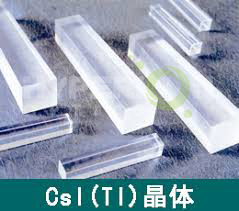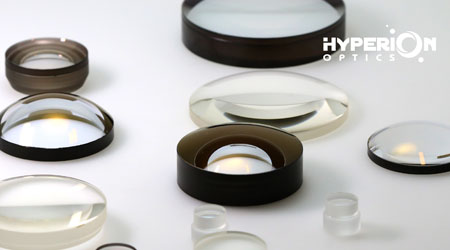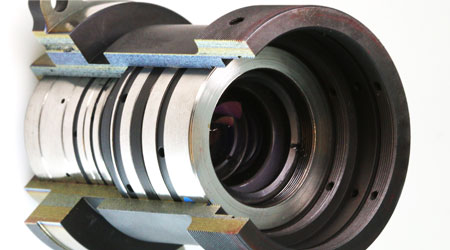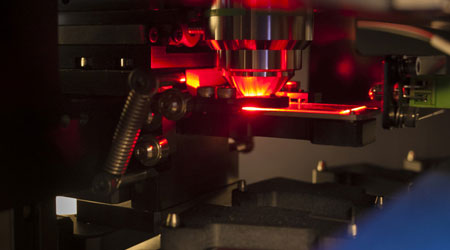Apochromatic lenses are most commonly used in the form of doublet lenses. A doublet lens is made up of a pair of eyeglasses – one concave and the other convex. The concave element is made of flint glass (high dispersion), while the convex element is made of crown glass (low dispersion). The two elements are placed side-by-side (glued together), balancing the chromatic aberration of one element against the other. There are various types of apochromatic lenses, each differing in the type of lens elements and optical characteristics.
Apochromatic lenses are typically composed of two optical components bonded together, usually a positive low refractive index (crown) element and a negative high refractive index (flint) element. Compared to a single lens or a singlet made of a single piece of glass, the additional degrees of freedom provided by the use of a doublet lens design allow further optimization of performance. Therefore, apochromatic lenses will have a significant advantage over a single lens of equal diameter and focal length.
Apochromatic lens can have various configurations, with the most notable being positive, negative, three-element, and aspheric. It can be a doublet (two elements) or triplet (three elements); the number of elements is not dependent on the number of light rays being corrected. In other words, a apochromatic lens designed for visible light wavelengths can correct for red and blue regardless of whether it is a doublet or triplet configuration.
Improves Image Quality: Apochromatic lenses significantly improve image brightness and sharpness by eliminating color fringes, which is especially important for multicolor imaging.
High Transmission Efficiency: Unlike a single lens, the axial display of apochromatic lenses does not decrease with an increase in aperture size, allowing you to use the full aperture.
Cost-Effective Production: While there are expensive improvements to chromatic aberration, these lenses are much more expensive. In most cases, apochromatic lenses offer multiple corrections, making it the most cost-effective way to obtain a clear white light image.
Apochromatic lenses are designed for infinite conjugate ratios, but they are well-suited for finite conjugate applications when used in pairs. In finite conjugate applications, both the object and image are at a limited distance from the lens pair. It is utilized principally to minimize or eliminate chromatic aberration. You can purchase apochromatic lens elements from a manufacturer who delivers high-quality products and Hyperion Optics is one of the best options.

 Call us on:
Call us on:  Email us:
Email us:  R&D Center: 9B-4F 401,No.1 Qingnian Road Liando U Valley,Yuhua International Wisdom Valley, Nanjing, 210039 China
R&D Center: 9B-4F 401,No.1 Qingnian Road Liando U Valley,Yuhua International Wisdom Valley, Nanjing, 210039 China









 English
English  cn
cn  de
de  es
es  fr
fr 


